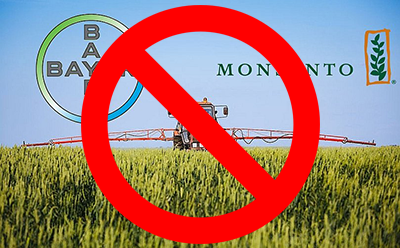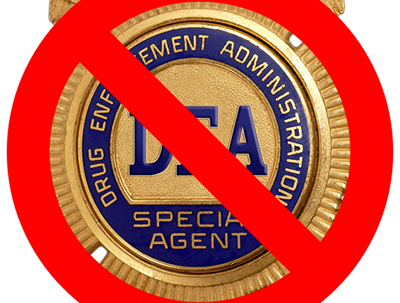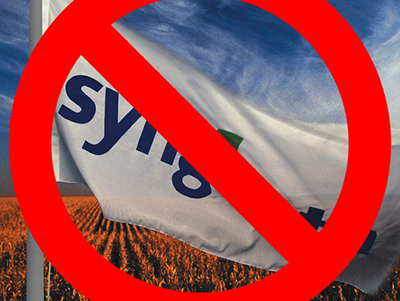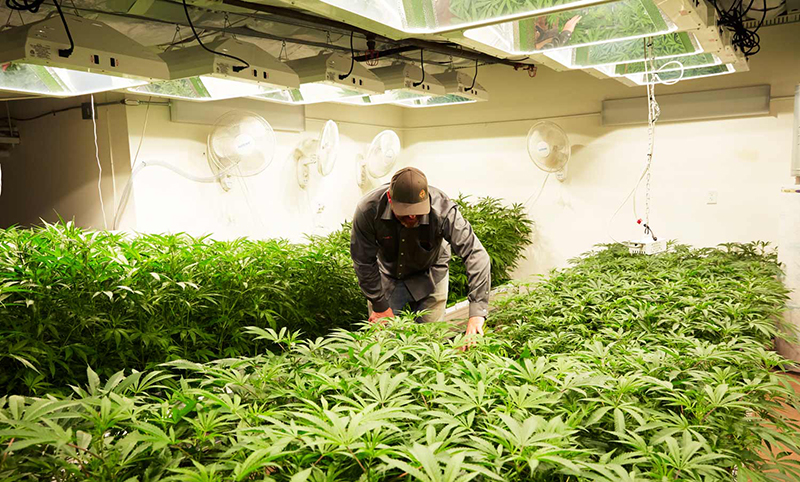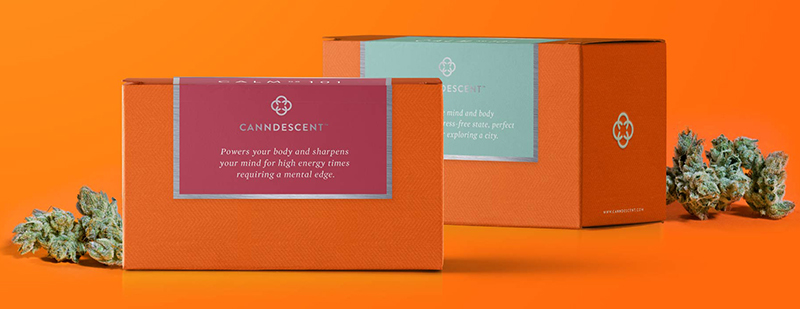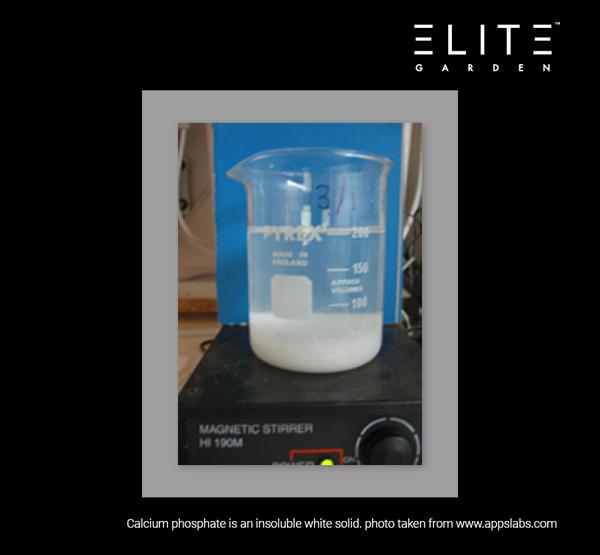Rich Gellert of Hydrologic Systems explains why condensate water is a good idea for grows trying to be environmentally sustainable, and the practical concerns involved with purifying condensate water.
The following is an article produced by a contributing author. Growers Network does not endorse nor evaluate the claims of our contributors, nor do they influence our editorial process. We thank our contributors for their time and effort so we can continue our exclusive Growers Spotlight service.
As grow operations in the cannabis industry mature, more attention is being paid to water conservation. The first LEED-certified cultivation facility is currently being built in Ohio, and water reclamation is one of the several key infrastructure milestones needed to meet the coveted benchmark.
Industry-wide, there’s a general understanding that the ultimate goal is to reach full sustainability, and while the “perfect” grow-op might be years away, new methods are being employed today. Regulations also continue to play a larger role in how water is managed, pushing for both less consumption and less discharge, the two primary issues in reducing an operation’s environmental impact.
Why Dehumidification and HVAC?
Many commercial grows employ dehumidifiers and air-conditioning. Dehumidification is essential to mitigate crop-destroying fungi and mildew, while air-conditioning controls excessive heat generation from grow lights. Combined, these two systems can generate hundreds, even thousands of gallons a day of condensate water, depending on the scale of the operation. And while that water is essentially distilled, some contaminants, pathogens and bacteria can still get into the water, so growers will typically just dump condensate instead of risking contamination by reintroducing it to plants.
What Kinds of Contamination Exist in Condensate?
Condensate water chemistry can vary considerably from system to system, as there are many factors that can influence its quality. Most condensate water contains dust and other suspended solids, accumulated through air ducts and picked up as liquid makes contact. A quick google search for “HVAC duct contamination” reveals many of the potential variables that can ruin what would otherwise just be distilled water. Examples include corroded metals, manufacturing oils, or any other contaminants the distilled water may encounter. Furthermore, the internal coils and other parts of these systems also contribute to contamination, as they are perfect breeding grounds for mold and organic pathogens.
Does Condensate Have a pH That’s Healthy For Plants?
Low mineral content in the condensate causes the water to absorb atmospheric CO2, creating an acidic water profile. While this is not necessarily harmful to plants, acidic water acts like a vacuum, aggressively leaching metals as it comes in contact with coils, venting or other metal components. This is more of an issue with older equipment, although even trace amounts of certain metals such as lead should be considered as hazardous. The optimal pH for cannabis is a range from 6.0 to 6.5, and while condensate is usually closer to 5.0, dilution typically evens out any potentially harmful effects.
What Kinds of System is Needed to Ensure Reusable Condensate?
Condensate reclamation, while fairly new to the cannabis industry, is relatively easy to accomplish with specialized, off-the-shelf filtration systems. The investment is usually minimal and ensures a suitable irrigation formula for healthy plants. These systems should include:
- UV sterilization to eliminate pathogens and bacteria
- Re-mineralization for balanced pH
- Sediment filters for dust and other suspended solids.
For grow operations dealing in high volume, the value gained in water savings alone is enough to warrant the relatively small cost of condensate reclamation systems.
Editor’s Note: Another common method of water purification is reverse osmosis, although there is more waste water from RO systems, and they tend to be pricier
10 Best Gift Ideas for Cannabis Connoisseurs and Growing Aficionados (2022)
December 7, 2022Developing and Optimizing a Cannabis Cultivation System
December 14, 2021Dealing with Insomnia: How Can CBD Help?
December 10, 2020Your Guide to Sleep and CBD
December 7, 2020
Do you want to receive the next Grower's Spotlight as soon as it's available? Sign up below!
Resources:
Want to get in touch with Hydrologic Systems? They can be reached via the following methods:
- Website: https://www.hydrologicsystems.com/
- Email: info@hydrologicsystems.com
- Phone: (888) 426-5644

Do you have any questions or comments?

About the Author
HydroLogic Purification Systems® specializes in a wide range of professional quality water purification products designed for use in many applications including gardening and hydroponics, residential, aquarium, or commercial.

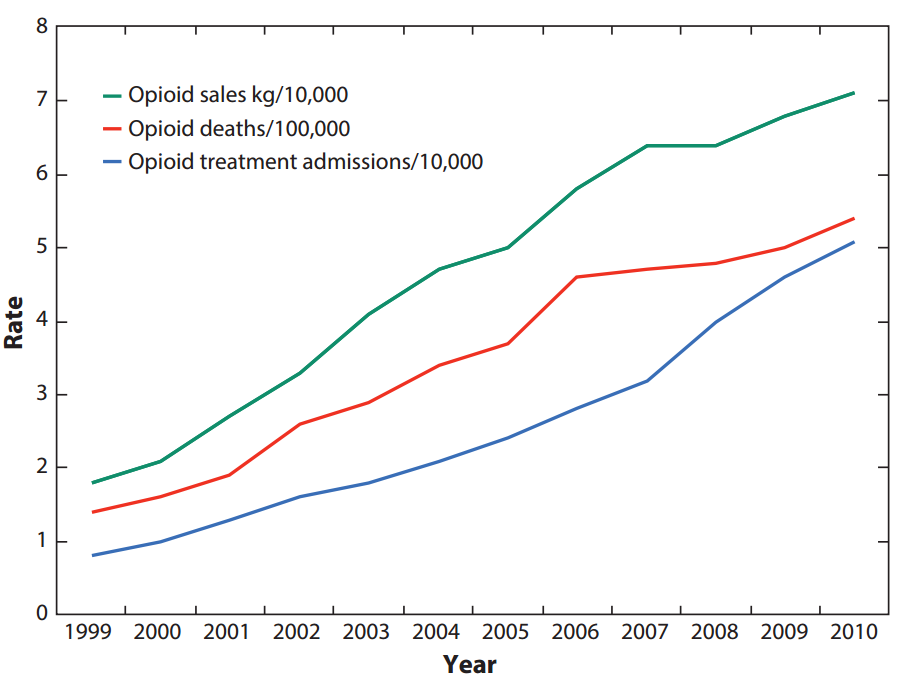







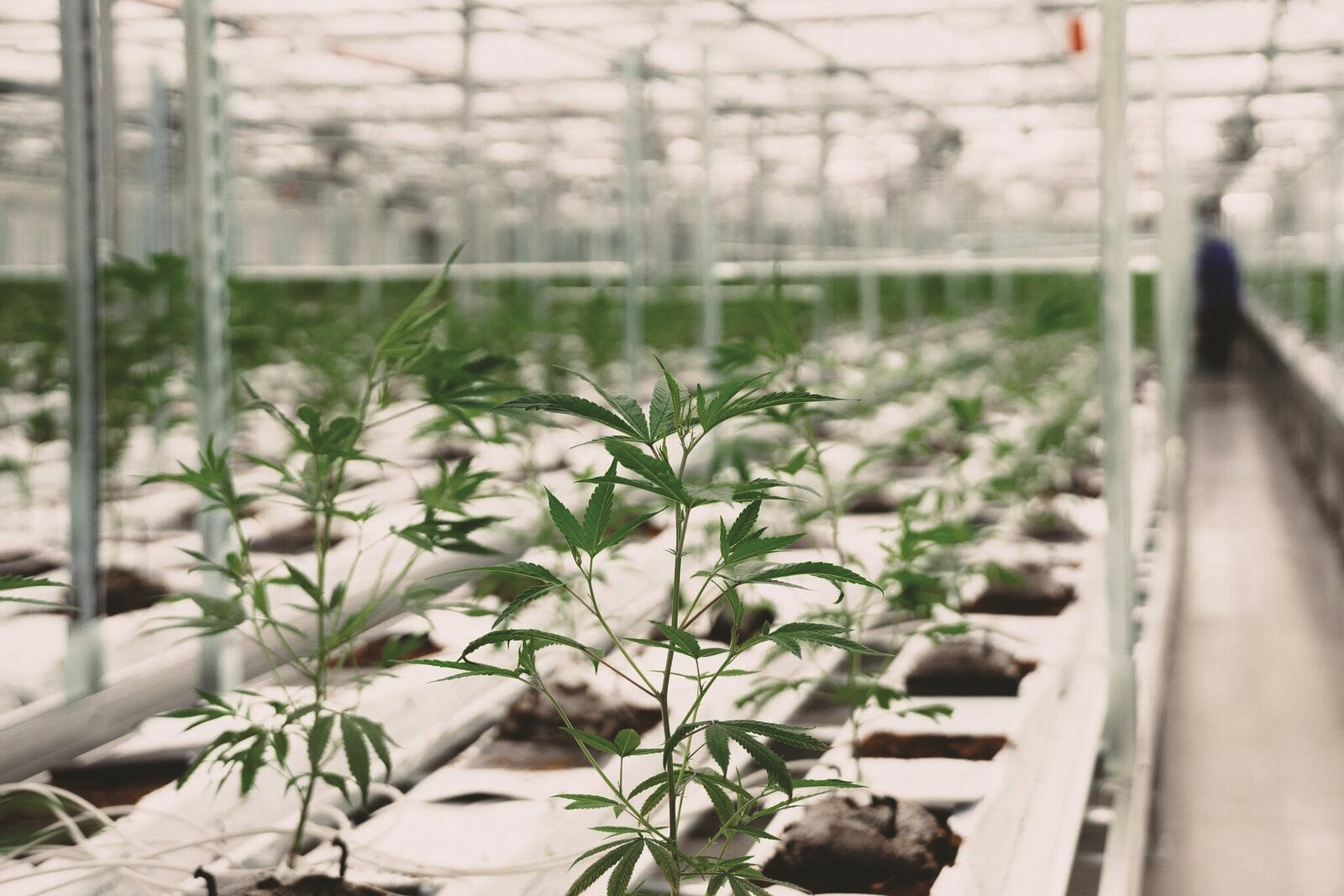
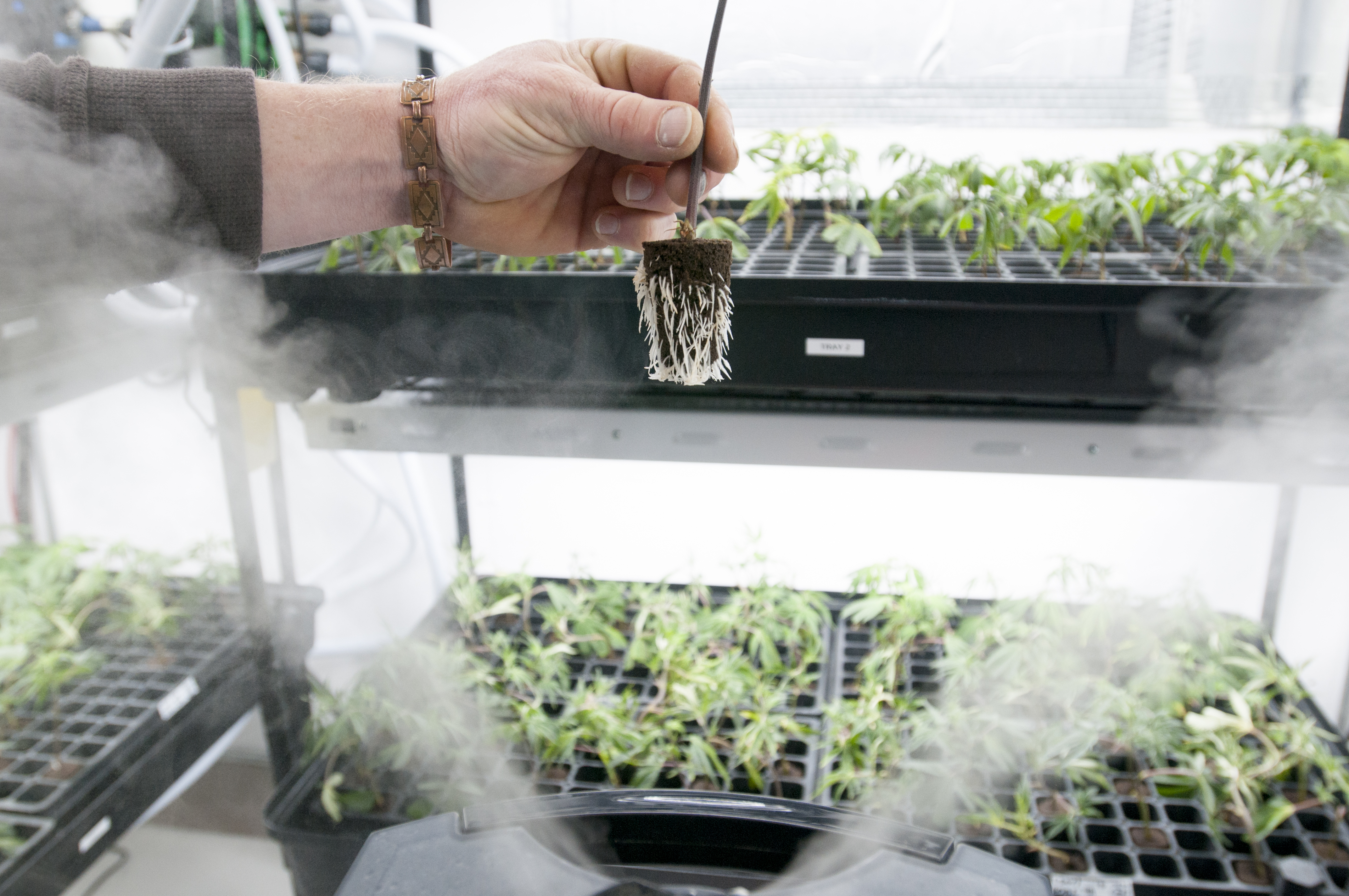
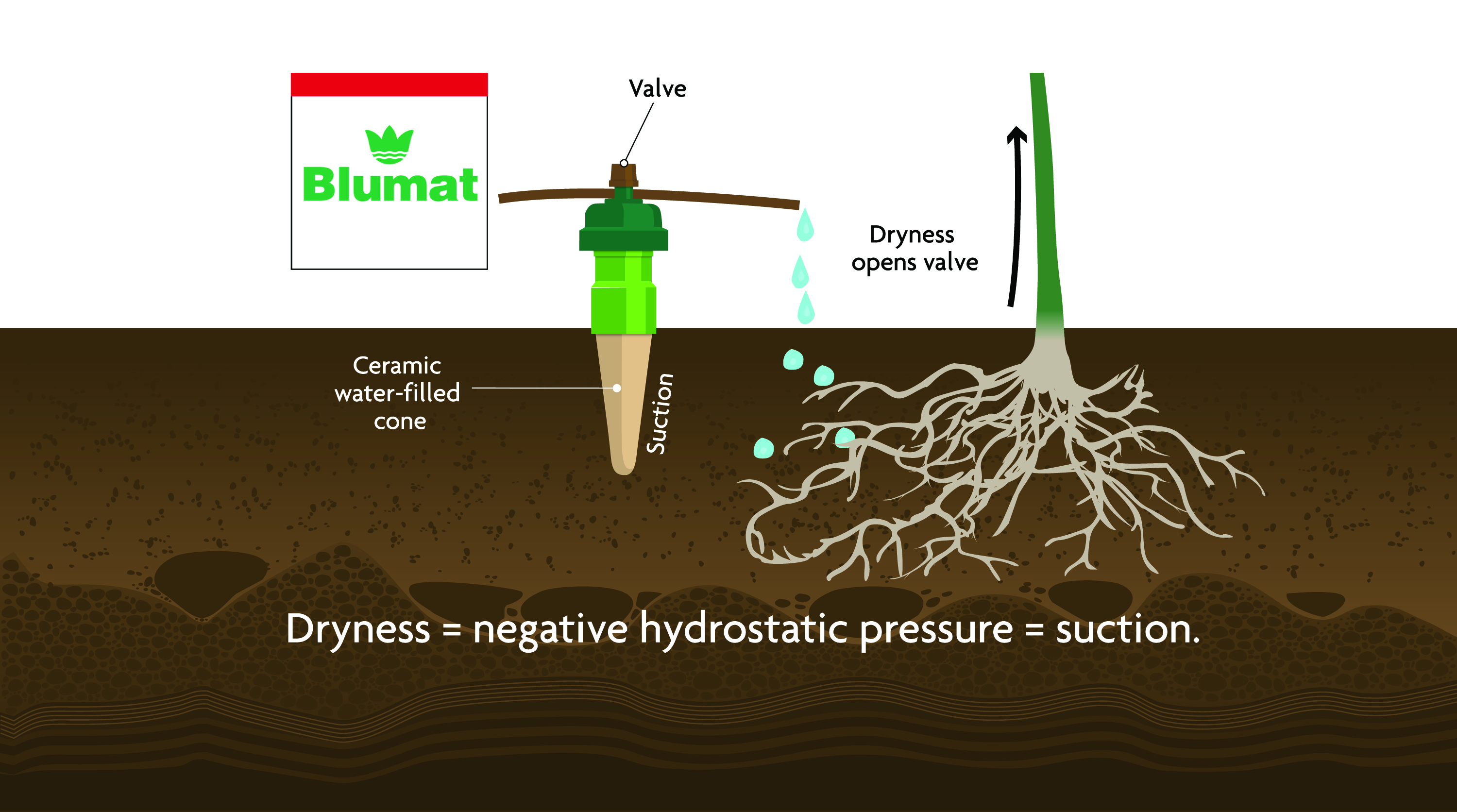




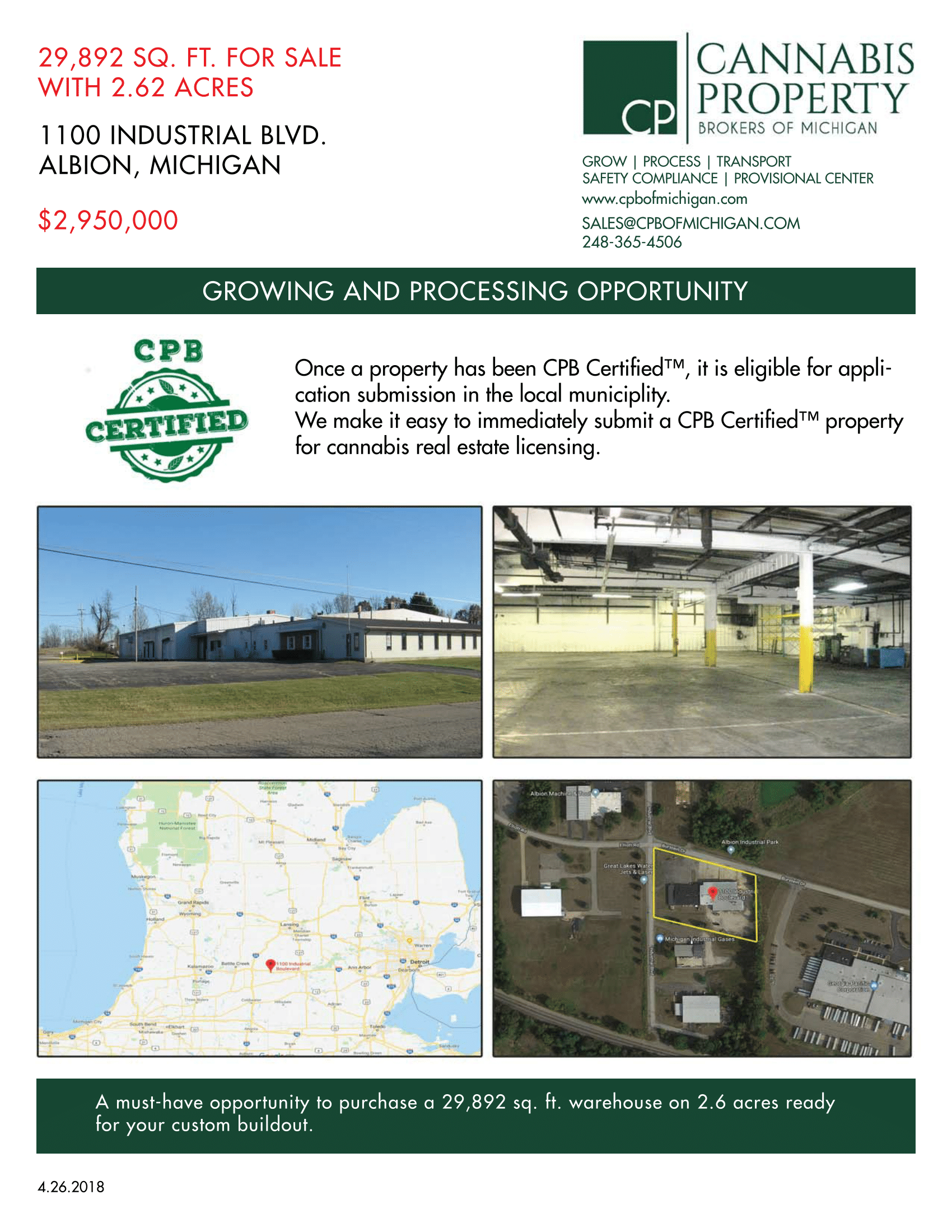











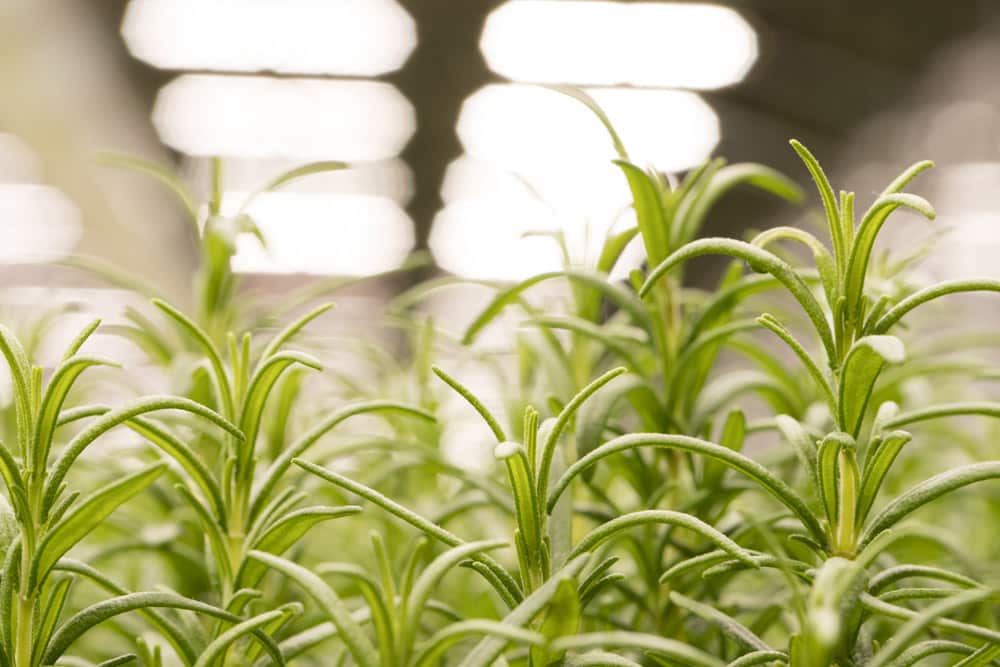

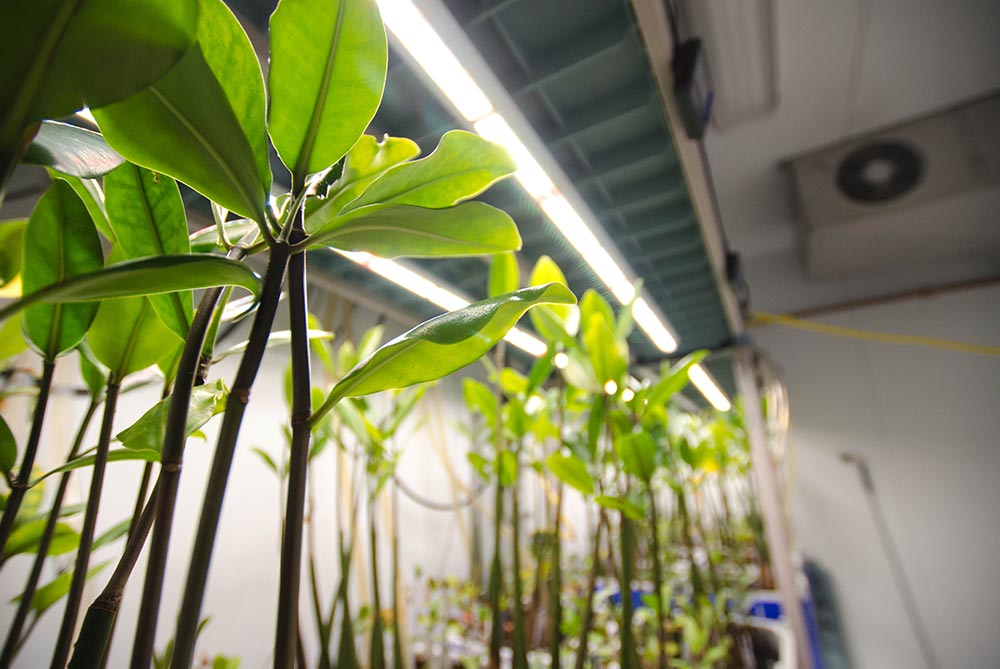




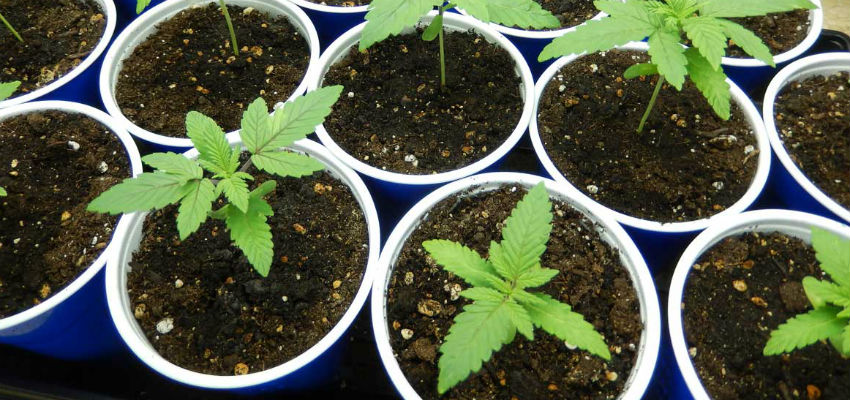



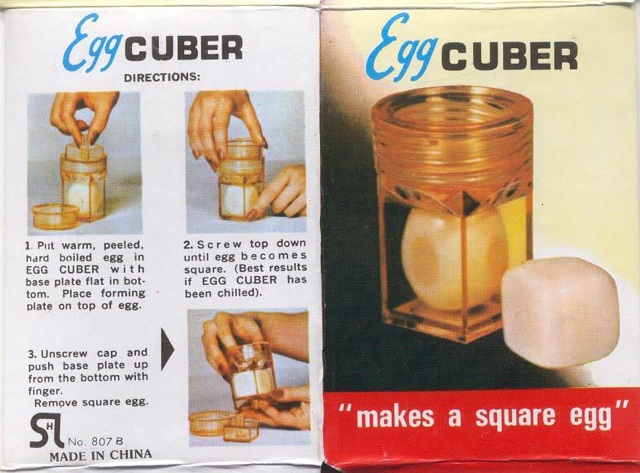 Why? Why not?
Why? Why not? An example of the current marketing images.
An example of the current marketing images.
